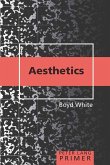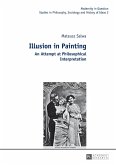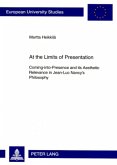Aesthetics & the Philosophy of Spirit examines the aesthetics of Plotinus, Friedrich Wilhelm Joseph von Schelling, and Georg Wilhelm Friedrich Hegel. It discusses the Platonic bases of the aesthetics of Plotinus and the Plotinian bases of the aesthetics of Schelling and Hegel in the philosophy of spirit, identity philosophy, and transcendental idealism. Examining the notion of art as philosophy, as a product of mind, and as an instrument of intellect in the relation between reason and perception, the book involves concepts of the universal and particular, freedom and necessity, the beautiful and sublime, allegory and symbolism, consciousness and self-consciousness, subjective and objective spirit, and forms of artistic representation.








